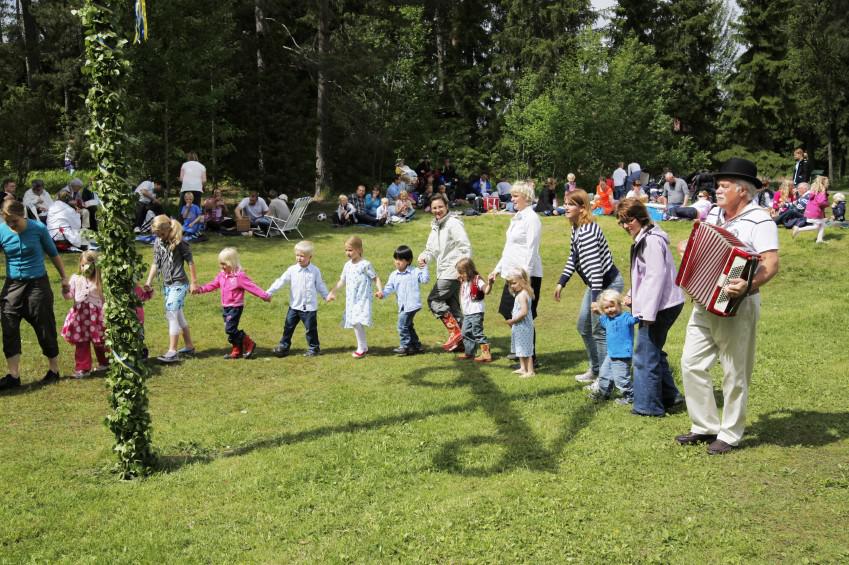I’m a big one on new beginnings. I not only celebrate New Year’s on January 1, but I tend to observe the Lunar New Year and the Jewish New Year. (By way of disclosure, I am neither Asian nor Jewish.) Now that I am a card-carrying Celebrant I feel it is something of a professional obligation to note any celebration, ritual, rite of passage or random special moment—like the changing of the season. That’s the reason that we started this online magazine.
Perhaps the most familiar celebrations associated with the seasonal change are pagan rituals, such as the observance of the summer solstice at Stonehenge, the mystical ruins in Northern England. (I visited the location years ago in my 20s and I fear that I didn’t give the experience the attention and focus it deserved). Yet these observances in the British Isles are but one ceremony for the day.
The Scandinavians justifiably celebrate a seemingly unending day when light stretches well into the night, with family celebrations and adorable blonde children dancing around the May Pol. I understand that the summer solstice or Midsummer’s Day (Midsommardagen) is one of the most important holidays during the year in Sweden. The raising of the May Pole, decorations, and folk costumes with wreaths of flowers, set the stage for joyful celebrations. Foods of the day include the year’s first potatoes, herring with chives and sour cream, beer, Shaps, and the season’s first strawberries.
For the Swedes, Midsummer is believed to be a time when magic is the strongest, so a good time for ritual making. Tradition suggests that young people pick bouquets of flowers and leave them under their pillows……this will lead to dreams of a future spouse!
There are, no doubt, countless mid-summer rituals to explore in the future! How do you mark the change of the seasons?

